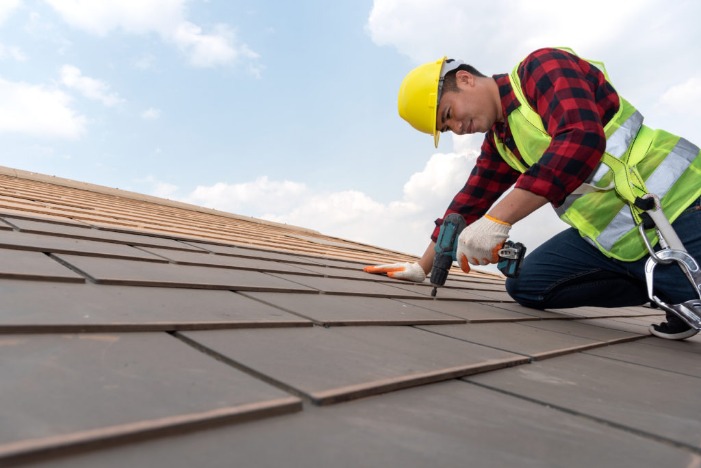Ensuring roofing safety is paramount for both professionals and DIY enthusiasts. Working at heights poses inherent risks, making it crucial to understand and implement best practices. This article will delve into the key aspects of roofing safety, offering actionable tips and insights for a secure roofing project.
Understanding the Importance of Roofing Safety
Neglecting roofing safety can lead to severe injuries or even fatalities. Roof-related accidents often stem from inadequate precautions, lack of training, or improper use of safety gear. By adhering to established safety protocols, these incidents can be significantly reduced.
Critical Safety Measures
1. Comprehensive Risk Assessment
Before stepping onto the roof, conduct a thorough risk assessment. Identify potential hazards such as weather conditions, roof pitch, and structural integrity.
2. Proper Training
All personnel involved in roofing tasks should receive proper training. This includes understanding equipment usage, rescue procedures, and basic first aid.
3. Appropriate Safety Gear
Wearing the right safety gear is non-negotiable. Essential items include:
- Hard hats
- Non-slip footwear
- Safety harnesses
- Guardrails and safety nets
Read more about Roofing safety here.
4. Weather Considerations
Always monitor weather forecasts before starting roofing work. Avoid working in adverse weather conditions such as rain, snow, or high winds.
Implementation of Safety Equipment
Investing in high-quality safety equipment can make a significant difference in minimizing risks. Here’s a brief on vital roofing safety equipment:
Roof Anchors
These are critical for securing safety harnesses. Ensure they are installed properly and rated for the weight they will support.
Safety Harnesses and Lanyards
These devices should be inspected regularly for wear and tear. Always connect them to a secure anchor point.
Guardrails
Guardrails provide a physical barrier against falls. They should be erected around the perimeter of the working area.
Frequently Asked Questions
What should I do if someone falls from the roof?
Immediately contact emergency services. While waiting for medical help, avoid moving the injured person unless they are in imminent danger.
Can I work on the roof alone?
No, always have at least one person with you. This ensures that help is readily available in case of an emergency.
How often should I inspect my safety gear?
Inspect your safety gear before every use. Regular maintenance checks can also help in identifying any potential issues.
Is it safe to work on the roof during night hours?
It’s best to avoid working in low-light conditions. If necessary, ensure adequate lighting and take extra precautions to maintain visibility.
By following these essential guidelines, you can significantly enhance roofing safety and create a secure environment for everyone involved. Prioritize training, proper equipment, and continuous vigilance to prevent accidents and ensure a successful roofing project.
